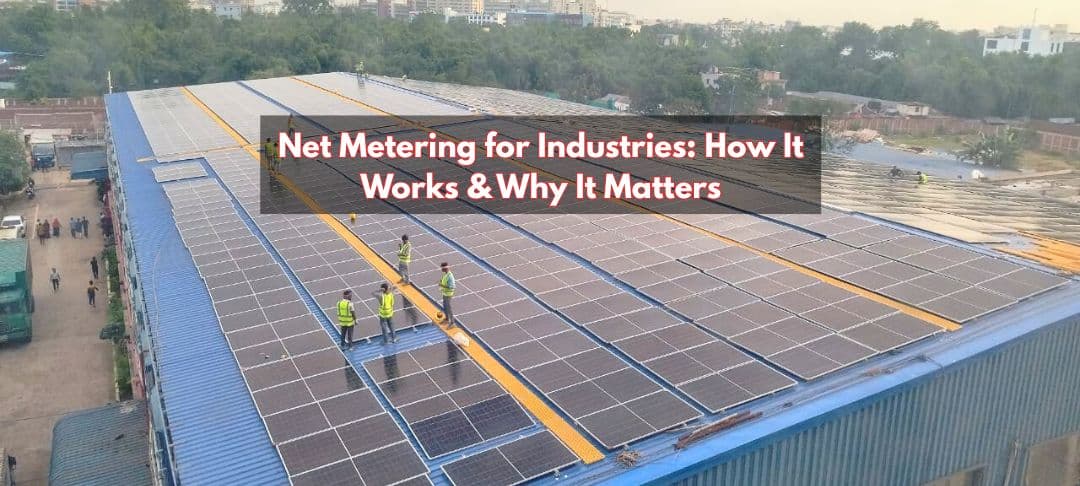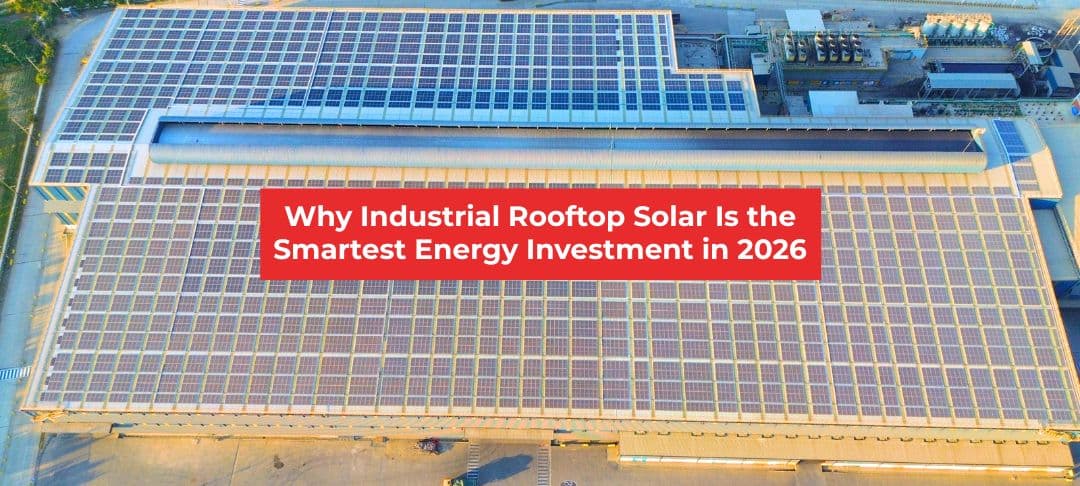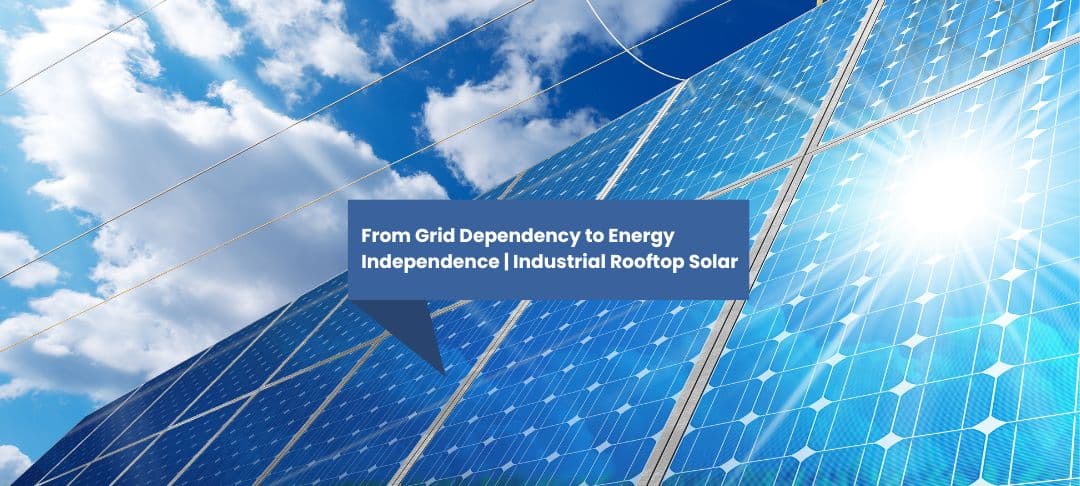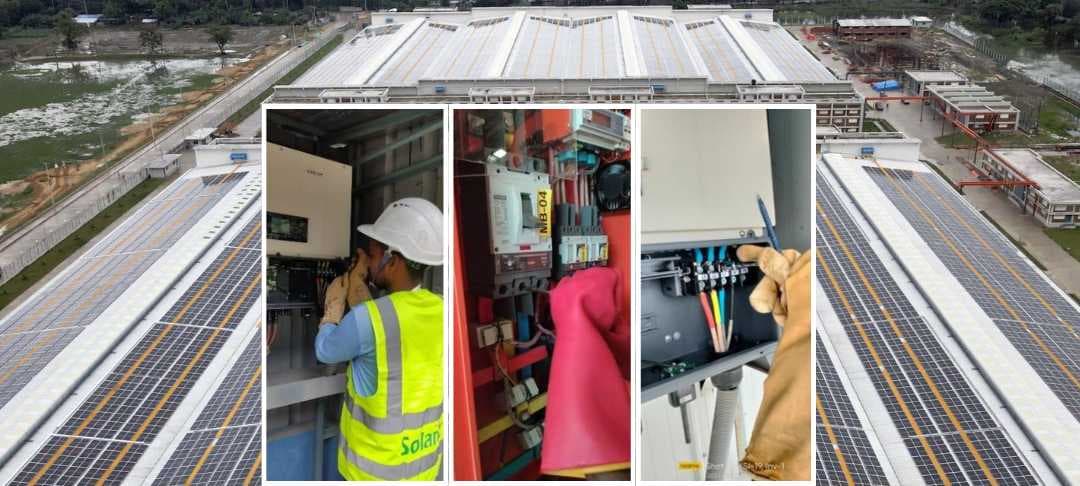Solar: A Rapid Growing Renewable Energy
Published at - July 27, 2021
It’s nearly impossible to imagine an urban area devoid of modern energy. Observing the prerequisite of modern society, it’s not enough merely to consider modern energy like electricity as a complementary to urbanization. Rather, it’s safe to state that, modern urban society, as we see it today, came to being after the invention of electric energy. Therefore, to experience greater human progress and economic development, abundance in electric current supply is mandatory.
</p>However, there are darker sides to urbanization. Today, while we are celebrating our triumph over nature and enjoying the fruits of urbanization, we are equally worried about the mother-Earth that grants us lands to live, resources to feed on and air to breathe. Urbanization and industrialization are often described as two of the biggest reasons for pollution, global warming and overuse of energy that cannot be renewed. Urbanization and industrialization in a traditional manner may be a blessing for us, but paradoxically it is a curse.
David Attenborough, an English broadcaster and natural historian, warns us about the limitations of our time. This ninety-five-year-old historian states that our selfish act of ruthless industrialization has changed the world so much that it hardly resembles the world he witnessed. We are running out of time. We need to find an alternative.

Fortunately- we have an option in our hands, and that option is- renewable energy.
Renewable Energy: A New Alternative
Around the world, renewable energy use is rapidly rising. Amid increasing carbon emission, reducing oxygen due to deforestation, and ruining non-renewable energy through overuse, scientists, world leaders, activists, intellectuals, policy-makers and even industrialists are preferring renewable energy sources. They are convinced that alternative energy sources could hold the key to combating climate change and make energy generation more sustainable.
<a href="https://ibb.co/zSMnrpz"><img src="https://i.ibb.co/kh7Hxjt/3.png" alt="3" border="0"></a>
That brings us to the most important question. What is renewable energy? Let us simply put it this way- ‘Renewable Energy is the energy generated from sources that naturally replenish themselves and never run out.’ So, what isn’t the source of renewable energy? Fossil Fuel and Radioactive sources. Although more than 80% of our total energy is derived from fossil fuel, the source is not replenishable. Therefore, they may run out. On the other hand, renewable energy, although we get only 10% of our energy from it, never runs out. Fortunately, renewable energy is the fastest-growing source of energy in the world. The most common sources of renewable energy are,
- Solar
- Wind
- Hydro
- Geo-thermal
- biomass
- Hydrogen
According to basic physics, energy can never be produced or destroyed, but most of the energy can be converted due to need. In the case of fossil fuel, we actually convert the energy of the fuel to the energy we need- for example, electricity. In the case of renewable energy sources- we convert solar energy, dynamic energy of wind, hydro current and steam, the energy embedded in biomass to generate desired energy. For example, in the case of a hydroelectric system, when we use hydro or water flow as a source of electricity generation, we use the dynamic energy to spin the turbine, converting the dynamic energy to electricity. In the case of wind-mill and geothermal power plants, we use wind and steam respectively in the same manner.
Fossil fuel and radioactive materials are limited resources. Therefore, we can’t get them back once we have used them. On the other hand, although it largely depends on the geography and weather, sunlight, wind and water are not limited. There are various kinds of renewable energy sources, this discussion will be confined to one single source only. That source is the powerhouse of our solar system- the Sun. Solar power is a popular and in its way an efficient renewable energy source.
Solar: The Energy of the New World
Solar energy is the energy of the future. It is renewable, good for the climate, can decrease pollution, enhance the economic benefit and rural development. Also, the energy is sustainable. The setting of a solar plant is less expensive and it can create self-sufficiency.
Before describing these benefits in greater detail let us first glance at how solar plants work. It is actually a very simple process of using the solar panel to convert solar energy to electrical energy. The Earth intercepts 173 thousand TW of solar power each day. Solar plants convert this energy to electricity. The primary ingredient of a solar plant is a solar panel. Solar panels are made up of smaller units called solar cells, commonly known as photovoltaic (PV) cells. The most common solar cell is made of Silicon. Silicon works as a semiconductor. A P/N Junction (Two types of silicon-based semiconductor joined together so that the electron can flow) is thus formed and when the sunlight carrying Photon (which is the bearer of energy) hits the cell, the P/N junction activates and an electron passes through a metal finger at the top of the cell. The electron is basically electricity.
<a href="https://ibb.co/Ptd3xrb"><img src="https://i.ibb.co/WsLqnHd/4.png" alt="4" border="0"></a>
One silicon cell is not enough to produce workable electric energy. However, if we have the advantage of space where sunlight shines bright, we can add a lot of silicon cells and form a big powerful solar panel.
Now, let us discuss why we should use solar power if we have the necessary advantage, instead of fossil fuel and nuclear energy.
Combating Climate Change: Unlike fossil fuel, solar plants have no direct emission of greenhouse gas. Therefore, solar power is good for the environment. Often called clean energy, solar power can be the alternative source of energy in saving our planet from global warming.
Can Decrease Pollution: A solar plant never pollutes air, water or soil. Fossil fuel is often discredited for polluting the air. The hydroelectric system, despite being a renewable source of energy may cause water pollution and hamper the ecology of rivers. Nuclear power plants may emit radiation which can be seriously hazardous for the environment and health of those nearby. The solar plant, on the other hand, is perfectly safe for the environment.
Reliable Source of Power: Fossil fuel is a source of non-renewable energy. On the other hand, solar power is renewable. As the newer technology of solar power gets cheaper day by day, it is becoming one of the most reliable sources of power. The sunlight, no matter how much you use it, will not run out. Sunlight is an endless resource, and therefore, solar power is sustainable, renewable and reliable. Economic Benefit: Installing a plant of renewable energy often leads to a path to self-sufficiency, especially when the installation and maintenance aren’t expensive. Setting up a solar plant is not expensive. There is not much of a maintenance cost. In addition to that, if the plant has the space advantage and sufficient solar power, it can create enough electricity to run a household to an industry. This self-sufficiency is financially beneficial, as it reduces using electricity from the national grid, thus saving the cost.
Rural Development: There are places in the developing country yet to be urbanized. In these rural areas of the global south, over a billion people don’t have access to a reliable electric grid. Although many of these countries lack the resources, or maybe the facilities to produce sufficient electric energy, they are exposed to the sun. Therefore, solar power can be a greater alternative for them. Solar energy will be much cheaper and safer for the environment than available alternatives. This will enhance rural development.
Therefore, it's high time to draw greater attention to the power of the sun, as it can be useful for a glorious future. Tomorrow the Sun will shine, the electric lights will illuminate and industries will run.
Solaric: A Venture for Progressive Change in the Developing world
It is the dream of every developing country to attain self-sufficiency and spend less money on energy like electricity. What if the nation could generate all its electric energy by itself? What if it could use less non-renewable resources granted for them, reserving them for greater needs, and generate the same amount of energy each year? What if the newly industrialized developing nation could preserve its environment, wildlife and ecosystem and develop at the same time? It sounds dreamy, but it can be a reality. The key is the effective use of renewable energy like the solar system. This plan of converting to renewable energy is not alien to our country. Bangladesh, according to its state minister for power, energy and mineral resources, Nasrul Hamid, has the target to generate 40 percent of electricity from renewable sources by 2041.
Solaric, a pioneer of industrial rooftop solar in Bangladesh, is making a supreme effort to help the nation reach the target. Solaric is a group of renewable energy development companies with its parent company in Singapore and subsidiary in Bangladesh to implement large-scale industrial rooftop solar projects based on both CapEx and OpEx models. Founded by the Silicon-valley (USA) repatriated Technologist and managed by a group of veteran BUET and IBA graduates, Solaric is uniquely poised to offer the best engineering solution. Solaric is the only solar company in Bangladesh with a private equity investor (OSIRIS) which helps the company to grow exponentially by offering industrial rooftop solutions to factory owners with an appropriate financial solution.
<a href="https://ibb.co/py3JTf4"><img src="https://i.ibb.co/nCDzy7Q/6.png" alt="6" border="0"></a>
The corporation has already completed ten big solar projects and is currently working on seven of them all around the nation. One of those ongoing projects is the country's largest rooftop solar power project commissioned at the Korean Export Processing Zone (KEPZ) in Anwara Upazila Chattogram. The power plant installed on the rooftop of the industry holds the capacity to generate 16 MW (MegaWatt) in the first phase of the project. Later, when the project will be completed, the total capacity of the plant will be 40 MW. While the Korean EPZ will boast of having the largest rooftop solar plant, Solaric can take pride in designing, installing and commissioning the project for Youngone Corporation. Solaric endeavours to make the nation self-sufficient by creating effective solar plants. Installing the plant Solaric assists in saving a lot of money which would naturally be spent on electricity bought from the national grid. Moreover, surplus electricity that the solar plant produces is added to the national grid. Therefore, industries based on this solar power are by itself beneficial to the nation. Solaric has become a venture for a progressive change in a developing country like ours by making solar power available and installing plants effectively.
Corporations like solaric may be an inspiration to us in preferring renewable energy for industry. If we rely more on solar energy and less on fossil fuel and nuclear energy, we may save our environment as well as our resources. We must believe in renewable energy. Now we must make a choice. A choice to save our mother earth and to save ourselves. As we discussed before, our time is running out. It is now or never!!



